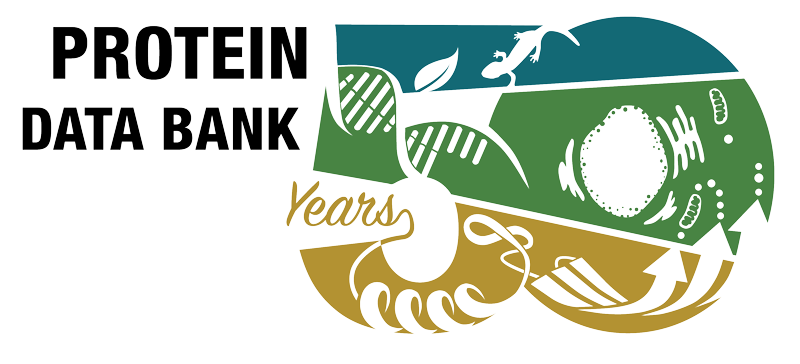Reviews - 1l2b mentioned but not cited (2)
- Recent advances in the structural mechanisms of DNA glycosylases. Brooks SC, Adhikary S, Rubinson EH, Eichman BF. Biochim Biophys Acta 1834 247-271 (2013)
- The Fpg/Nei family of DNA glycosylases: substrates, structures, and search for damage. Prakash A, Doublié S, Wallace SS. Prog Mol Biol Transl Sci 110 71-91 (2012)
Articles - 1l2b mentioned but not cited (1)
Reviews citing this publication (19)
- DNA base damage recognition and removal: new twists and grooves. Huffman JL, Sundheim O, Tainer JA. Mutat Res 577 55-76 (2005)
- DNA glycosylase recognition and catalysis. Fromme JC, Banerjee A, Banerjee A, Verdine GL. Curr Opin Struct Biol 14 43-49 (2004)
- Structural characterization of the Fpg family of DNA glycosylases. Zharkov DO, Shoham G, Grollman AP. DNA Repair (Amst) 2 839-862 (2003)
- DNA base repair--recognition and initiation of catalysis. Dalhus B, Laerdahl JK, Backe PH, Bjørås M. FEMS Microbiol Rev 33 1044-1078 (2009)
- Covalent trapping of protein-DNA complexes. Verdine GL, Norman DP. Annu Rev Biochem 72 337-366 (2003)
- Repair of 8-oxo-7,8-dihydroguanine in prokaryotic and eukaryotic cells: Properties and biological roles of the Fpg and OGG1 DNA N-glycosylases. Boiteux S, Coste F, Castaing B. Free Radic Biol Med 107 179-201 (2017)
- Base excision repair and its role in maintaining genome stability. Baute J, Depicker A. Crit Rev Biochem Mol Biol 43 239-276 (2008)
- Biological properties of single chemical-DNA adducts: a twenty year perspective. Delaney JC, Essigmann JM. Chem Res Toxicol 21 232-252 (2008)
- DNA glycosylases search for and remove oxidized DNA bases. Wallace SS. Environ Mol Mutagen 54 691-704 (2013)
- The DNA trackwalkers: principles of lesion search and recognition by DNA glycosylases. Zharkov DO, Grollman AP. Mutat Res 577 24-54 (2005)
- Repair of 8-oxoG:A mismatches by the MUTYH glycosylase: Mechanism, metals and medicine. Banda DM, Nuñez NN, Burnside MA, Bradshaw KM, David SS. Free Radic Biol Med 107 202-215 (2017)
- The formamidopyrimidines: purine lesions formed in competition with 8-oxopurines from oxidative stress. Greenberg MM. Acc Chem Res 45 588-597 (2012)
- Neil3, the final frontier for the DNA glycosylases that recognize oxidative damage. Liu M, Doublié S, Wallace SS. Mutat Res 743-744 4-11 (2013)
- Repair of oxidatively induced DNA damage by DNA glycosylases: Mechanisms of action, substrate specificities and excision kinetics. Dizdaroglu M, Coskun E, Jaruga P. Mutat Res Rev Mutat Res 771 99-127 (2017)
- Regulation of DNA glycosylases and their role in limiting disease. Sampath H, McCullough AK, Lloyd RS. Free Radic Res 46 460-478 (2012)
- Incomplete base excision repair contributes to cell death from antibiotics and other stresses. Gruber CC, Walker GC. DNA Repair (Amst) 71 108-117 (2018)
- Bacterial DNA excision repair pathways. Wozniak KJ, Simmons LA. Nat Rev Microbiol 20 465-477 (2022)
- DNA repair: how MutM finds the needle in a haystack. Jiricny J. Curr Biol 20 R145-7 (2010)
- Main factors providing specificity of repair enzymes. Nevinsky GA. Biochemistry (Mosc) 76 94-117 (2011)



 PMID:
PMID: 